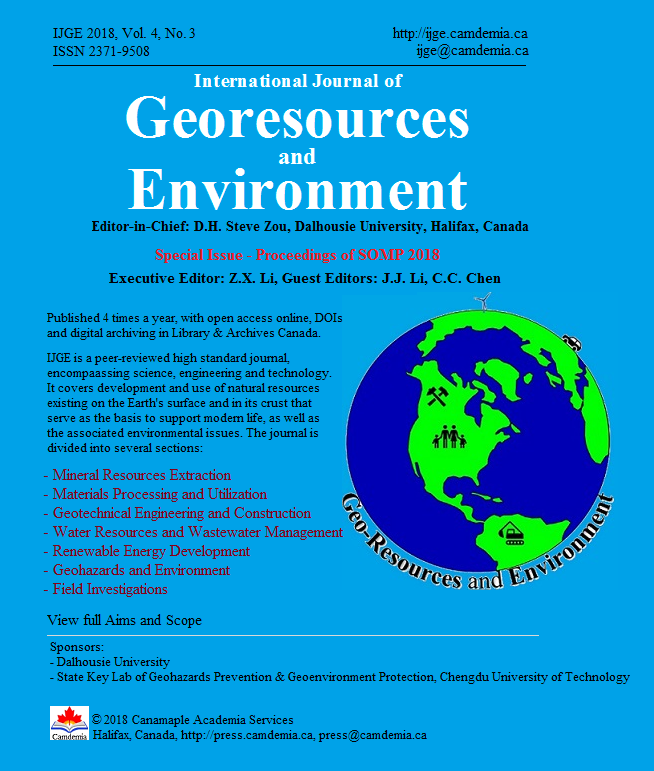Using Virtual Reality to Enhance Mineral Processing Education
DOI:
https://doi.org/10.15273/ijge.2018.03.012Keywords:
virtual reality, mineral processing education, mineral processing plantAbstract
Virtual Reality (VR) is playing an increasingly important role in education. It provides the opportunity to enhance the learning experience by representing complex systems in a 3D visualisation and freeing up cognitive capacity for learning. A 3D VR simulation of a base metal concentrator has recently been developed at the University of New South Wales (UNSW) Sydney, Australia. The module provides an interactive processing plant environment where the user can walk through and explore the entire processing flowsheet and simulations in the virtual world. This paper explores the potential benefits of VR for mineral processing teaching and learning by reporting results from a study comparing traditional and virtual reality mineral processing teaching environments. The main focus is on the understanding of the mineral processing system (equipment function, layout, flowsheet) by undergraduate and postgraduate students exposed to the two styles of education.Downloads
Published
Issue
Section
License
Copyright, Terms and Conditions
The International Journal of Geohazards and Environment (the Journal) is published by Canamaple Academia Services (the Publisher) online with open access, under a Creative Commons Attribution-Noncommercial license (CC-BY-NC) (http://creativecommons.org/licenses/by-nc/4.0/). Authors (the Authors) submitting papers (the Work) for publication in the Journal automatically agree to the following terms and conditions.
1. Under the license (CC-BY-NC), Authors give permission for others to share and reuse the Work, as long as the original source and author(s) are properly cited (i.e. a complete bibliographic citation and link to the Journal website) and the material is not used for commercial purposes. Any sharing or reuse must however indicate the original CC-BY-NC license terms of the work.
2. Authors transfer and assign to the Publisher all copyright in and to the Work. However Authors retain all proprietary rights except the copyright, related to the Work and also retain the rights a) to use, reproduce, distribute, and publicly display the Work in any medium in connection with the Authors‘ academic and professional activities, such as teaching, presentations and lectures, b) to create derivative works from the Work and to make full use of the Work in future research and publications, c) to authorize others to make any non-commercial use of the Work, d) to make both the pre-published and final-published versions available online in institutional and/or disciplinary repositories or on their own websites with a citation and link to the original paper published in the Journal.
3. Authors warrant that the Work is their original work, it is not copied from anywhere or anyone else, they are totally responsible for the authenticity, originality, validity and accuracy, and the facts and views are their own, that the Work contains no matter which is defamatory or infringes any literary or proprietary rights, intellectual property rights, or any rights of privacy, and that the Work has not been simultaneously submitted to any other journals or publishers. Authors further agree that their manuscripts whether accepted or rejected will not be returned and the rejected manuscripts will be disposed at the journal editor's discretion.
Disclaimer: The Publisher, the Journal and the editors accept no responsibility for statements or opinions expressed by authors. Use of information and materials in the Journal is the sole responsibility of users.


